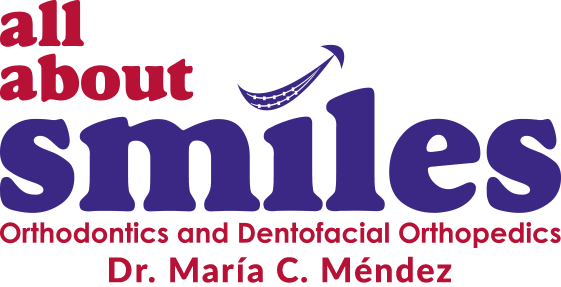In many circumstances, problems with your bite or the alignment of your teeth can be rectified using the advanced methods available in dentistry and orthodontics. Sometimes, however, dental problems aren’t easy to remedy, even with the most advanced techniques. In these cases, orthognathic (jaw) surgery may be recommended by your orthodontist in Orlando.
While orthognathic surgery near you may sound like a complicated and daunting treatment option, jaw surgery isn’t always very serious. Sometimes, it is simply a routine in-office procedure. For instance, extracting impacted wisdom teeth or placing dental implants in the jaw. However, orthognathic surgery can also be used to alleviate pain and issues caused by severe orthodontic problems that involve the relationship between the teeth and jaws, such as underbite and poor jaw development. Sometimes, orthognathic surgery in Orlando is even used to alleviate sleep apnea.
Who Should Get Orthognathic Surgery?
Individuals who have issues related to their jaws, bite alignment, and facial symmetry creating issues talking, sleeping, and eating may benefit from orthognathic surgery.
After a comprehensive examination from an orthodontist near you, it will be determined whether or not you can benefit from orthognathic surgery. Generally, if your orthodontist can solve this problem with a less invasive treatment, they will begin with that. In most cases, orthodontic appliances, such as retainers and braces, will be used before and after jaw surgery to ensure that you end up with the desired results.
Some conditions that can be addressed with orthognathic surgery include:
- Malocclusions from underbites or overbites
- Open bite
- Sleep apnea
- Chronic jaw pain and headache due to TMJ
- Facial trauma
- A protruding jaw or receding chin
- Asymmetrical facial appearance
- Difficulty swallowing, biting, or chewing food
- Cleft palate
The Surgical Process
While every patient’s needs are different, there are some similar steps in each process. The first step is a consultation with an orthodontist and the creation of a treatment plan among the members of your dental team, including your dentist, orthodontist, and oral surgeon. Your overall treatment plan may involve both orthodontic treatments and surgical procedures. With the help of advanced software and diagnostic imaging, a step-by-step plan will be created for the entire process from start to finish. It may even be possible for your dental team to show you a picture of how you will look when your treatment is done.
The orthognathic surgery will either occur in a hospital or dental office, with general anesthesia. Since the surgery is typically performed inside your mouth, it will leave no visible scars. After your procedure, you may experience some minor pain and swelling, which can be managed using over-the-counter pain medication. You may have to adhere to a soft or liquid diet for a short amount of time after the procedure.
Once your surgery is complete, you will be monitored closely by your dental team to ensure that you are progressing positively. When your procedure is complete, you will enjoy the benefits of an enhanced appearance and a more functional jaw.
Considering Orthognathic Surgery?
If you have been told you may benefit from orthognathic surgery, speak to our team at All About Smiles Ortho. We are happy to provide you with additional information and work with you to create a treatment plan that meets your needs. In addition, if you have any questions or concerns, our team of dedicated dental professionals will be happy to discuss them with you. So please do not hesitate to contact us and book a consultation today!

